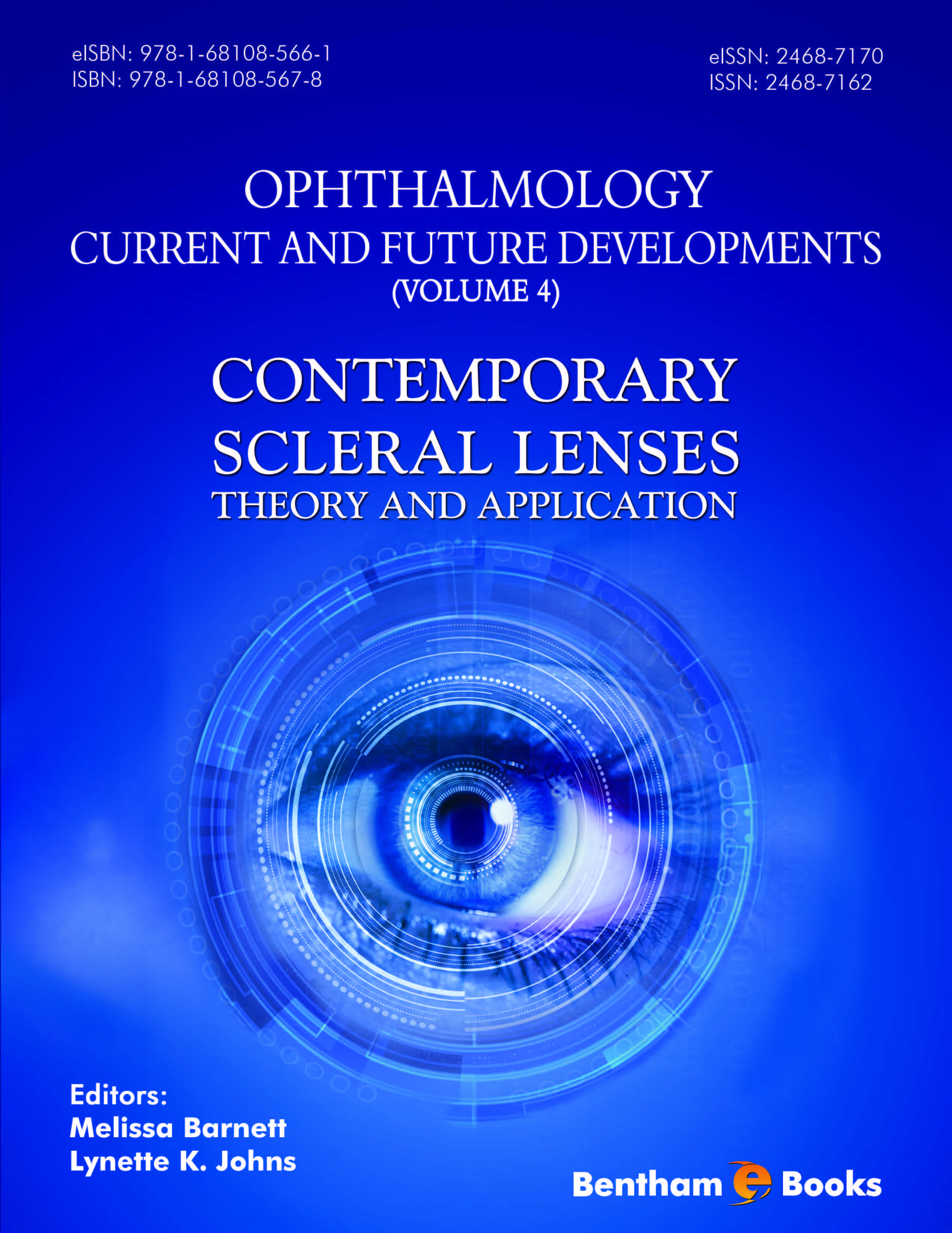Foreword
The re-emergence of the scleral lens – in its modern design – is a recent technological and medical advancement in the care of patients with distorted and diseased corneas. These devices are capable of providing a phenomenal improvement of vision with remarkable comfort. The improvement in quality of life these devices offer cannot be minimized.
When healthcare makes significant advances, the need for education on such developments is vital, so that more healthcare practitioners become trained in employing an innovation and, as a result, more people benefit. It is in this context that Contemporary Scleral Lenses: Theory and Application is a most welcome and valuable addition to the literature. This text is edited and written by two eminent clinicians and scholars in the field of scleral lenses, Drs. Melissa Barnett and Lynette Johns. They are aided by some of the most distinguished practitioners in this modality. These experts have between themselves a great number of years of experience with scleral lens management of complex corneas, which they generously share with the reader.
A review of the content of this text reveals that this volume is remarkably comprehensive. It is carefully authored and referenced and starts with an exceptionally interesting historical chapter. The reader will be taken through lens design and optics but also the topography of the ocular surface. A complete chapter is dedicated to relevant instrumentation used in a scleral lens practice. Several chapters are devoted to the assessment of ocular health, lens fit and complications. All chapters are richly illustrated by carefully selected images. This makes Contemporary Scleral Lenses: Theory and Application a most useful educational tool. Optimal scleral lens fitting is carefully described along with potential complications. Integrated throughout the text
are thoughtful and useful problem solving recommendations.
As we become more accustomed to scleral lenses in anterior segment management, we realize that scleral lenses do not need to be limited to the abnormal eye. They indeed may be utilized for the normal eye. An entire chapter addresses this indication.
The comprehensive design of this book describes everything from the beginning to the end and from the simplest to the most complex. Therefore, it makes an appreciated information source for the student or the novice. However, this text book with its wealth of information, the number of clinical pearls and the quality of illustrations offer even the experienced and most seasoned scleral lens practitioners valuable information and opportunities to learn.
Drs. Barnett and Johns are to be congratulated on the completion of their exceptionally useful and impressive text, Contemporary Scleral Lenses: Theory and Application, which is arriving at a time when we have a relative lack of educational material. This text book will most certainly find a place in my personal library and computer.
Jan P. G. Bergmanson
Brien A. Holden Professor of Optometry,
Texas Eye Research and Technology Center,
University of Houston College of Optometry,
4901 Calhoun Rd, Houston, Texas 77204,
USA

